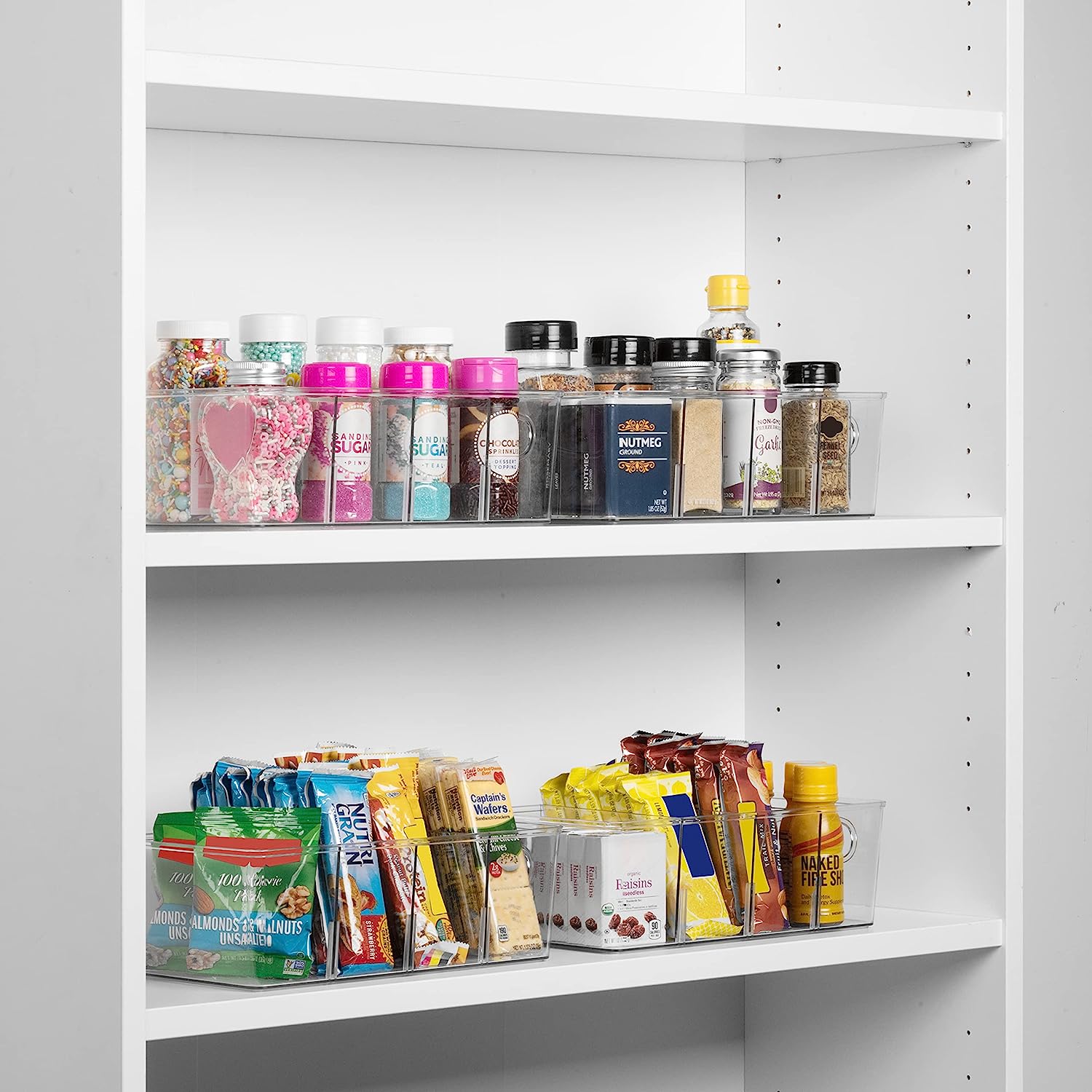

Articles
How To Organize Food Pantry
Modified: January 21, 2024
Get your pantry organized with smart storage solutions for all your food items. Discover effective tips and techniques for pantry storage to keep everything neat and easily accessible.
(Many of the links in this article redirect to a specific reviewed product. Your purchase of these products through affiliate links helps to generate commission for Storables.com, at no extra cost. Learn more)
Introduction
Welcome to our guide on how to organize your food pantry! A well-organized food pantry is not only aesthetically pleasing but also functional, enabling you to easily find and access the items you need. Whether you have a small cabinet or a dedicated pantry room, implementing an efficient system will help you save time, reduce waste, and keep track of your food inventory. In this article, we will provide you with some practical tips and strategies to transform your messy pantry into a well-organized space.
Having an organized food pantry has numerous benefits. Firstly, it allows you to maximize the available space, ensuring that you utilize every nook and cranny. This can be particularly helpful if you have limited storage space in your kitchen. Secondly, organizing your food items not only helps you easily locate them but also reduces the chances of food expiration or spoilage. By maintaining proper visibility and accessibility, you can avoid unnecessary duplicate purchases and minimize waste. Lastly, an organized pantry creates a sense of calm and efficiency in your kitchen, making meal preparation a breeze.
Before diving into the organizing process, it’s important to assess the current state of your pantry and identify any problem areas. Take some time to go through the items you have and determine what needs to be kept, donated, or discarded. This step will help you create a clean slate and set the stage for a well-organized pantry. Once you have sorted through your food items, it’s time to move on to the next step: creating an efficient shelving system.
Key Takeaways:
- Transform your messy pantry into an efficient, well-organized space by assessing, sorting, and categorizing food items. Create an efficient shelving system, utilize clear containers, and implement labeling techniques for easy access and maintenance.
- Sustain an organized food pantry by developing habits such as checking expiration dates, practicing FIFO, and involving the whole family in maintenance. Regular decluttering, restocking, and cleaning ensure a functional and aesthetically pleasing pantry.
Assessing and Sorting Food Items
Before organizing your food pantry, it’s crucial to assess the contents of your pantry and sort them into categories. Start by emptying your pantry shelves and taking stock of what you have. As you go through each item, check for expiration dates and any signs of spoilage. Discard anything that is expired or no longer safe to consume.
Once you have eliminated any expired or spoiled items, begin sorting the remaining food items into categories. Some common categories to consider include grains and cereals, canned goods, spices, baking supplies, snacks, sauces and condiments, and beverages. Create separate piles or sections for each category to make the organization process easier.
When sorting your food items, consider grouping similar items together based on their usage. For example, place baking supplies like flour, sugar, and baking powder in the same category, or keep breakfast items like cereals and oatmeal in one section. This will make it easier for you to find specific items when you need them.
Additionally, consider your family’s dietary preferences and any special dietary needs. Create separate categories or sections for gluten-free items, vegan or vegetarian products, or any other specific dietary requirements. This will ensure that these items are readily accessible and easy to identify.
While sorting your food items, take note of any duplicates or excess quantities you may have. If you have multiple cans of the same item, consider consolidating them to free up space. This will not only help declutter your pantry but also save you money by avoiding unnecessary purchases in the future. Set aside any non-perishable items that are unopened and in good condition but will not be consumed by your family. These can be donated to local food banks or shelters to help those in need.
By taking the time to assess and sort your food items, you are laying the foundation for a well-organized pantry. In the next section, we will look at creating an efficient shelving system to maximize your pantry space.
Creating an Efficient Shelving System
An efficient shelving system is a key component of an organized food pantry. It not only allows you to maximize the available space but also ensures that your food items are easily accessible and visible. Here are some tips to help you create an efficient shelving system:
1. Assess Your Shelving Needs: Take a look at the size and layout of your pantry shelves. Consider whether your current shelving setup meets your needs or if any adjustments are required. If you have adjustable shelves, experiment with different configurations to create adequate space for your items.
2. Utilize Vertical Space: Don’t neglect the vertical space in your pantry. Install additional shelves, hooks, or hanging organizers to utilize every inch of space. This will help in storing items like baking sheets, cutting boards, or small baskets, freeing up shelf space for food items.
3. Invest in Clear Containers and Organizers: Clear containers and organizers are fantastic tools for keeping your pantry neat and organized. They allow you to see the contents at a glance and prevent items from getting lost or forgotten. Use clear storage bins or bins with labels to group similar items together.
4. Group Items by Frequency of Use: Arrange your food items based on how often you use them. Keep the items you use daily or frequently at eye level or within easy reach. Store occasional or seasonal items on higher or lower shelves. This will save you time and effort when searching for items.
5. Implement FIFO Method: FIFO (First In, First Out) is a method commonly used in professional kitchens and can be applied to home pantries as well. When stocking your pantry, place newer items behind older ones. This ensures that you use items before they expire and reduces food waste.
6. Consider Gravity Feed Organizers: Gravity feed organizers are handy tools that keep canned goods in order and allow for easy access. These organizers use sloping shelves to ensure that the oldest cans are always at the front, making it effortless to grab and use them.
7. Use Labels Effectively: Labels play a crucial role in maintaining an organized pantry. They help you quickly identify and locate specific items. Label each shelf or section with its designated category, and ensure that labels on containers are clearly visible.
8. Create Zones: To further optimize your pantry organization, consider creating zones based on specific meal types or food groups. This creates a streamlined approach to finding ingredients and reduces cooking and meal prep time.
By implementing these tips, you can create an efficient shelving system that maximizes space and facilitates easy access to your food items. In the next section, we will explore the importance of labeling and categorizing your food items.
Use clear containers to store food items in your pantry, and label them with the expiration date. This will help you easily see what you have and when it needs to be used.
Labeling and Categorizing Food Items
Labeling and categorizing your food items is a vital step in maintaining an organized food pantry. It helps you easily identify and locate items, ensuring a smooth and efficient cooking experience. Here are some tips for effective labeling and categorizing:
1. Clear and Consistent Labels: Use clear and legible labels for each shelf, section, or container in your pantry. You can use pre-made labels, printable labels, or even a label maker. Consistency is key to avoid confusion, so use the same style or font throughout your pantry.
2. Categorize by Food Groups: Group similar items together based on food groups. For example, create separate categories for grains, canned goods, condiments, spices, and snacks. This makes it easier to locate specific items and ensures that items are returned to the correct category after use.
3. Consider Dietary Restrictions: If you or your family members have specific dietary restrictions or follow a certain eating plan (e.g., gluten-free, vegan), create separate categories or sections for those items. This makes it easier to find suitable options when planning meals.
4. Use Color-Coding: If you prefer a visual cue, consider using color-coding in your pantry organization. Assign a specific color to each category or food group by using colored labels, stickers, or containers. This adds a fun and visually appealing element to your pantry organization.
5. Alphabetical Sorting: Another effective method of organizing your pantry is to sort items alphabetically within each category. This makes it quick and easy to locate items, especially when you have a large pantry or a significant amount of food items.
6. Use Transparent Containers: Invest in transparent containers for storing dry goods and smaller food items. These containers allow you to see the contents at a glance, eliminating the need to open multiple containers to find what you’re looking for.
7. Consider Shelf Labels: If you have multiple shelves in your pantry, using shelf labels can be helpful. Label each shelf with its corresponding category or food group, making it clear where each group of items should be placed.
8. Update Labels Regularly: As you use up and restock items, make sure to update your labels accordingly. Remove expired items and replace labels as needed. Regularly reevaluating and updating your pantry organization helps maintain its functionality and efficiency.
By labeling and categorizing your food items, you ensure that everything is in its rightful place, making it easier to locate and maintain the organization over time. In the next section, we will share some tips for maintaining an organized food pantry.
Tips for Maintaining an Organized Food Pantry
Once you have organized your food pantry, it’s important to establish habits and routines to help maintain its organization. Here are some tips to keep your pantry tidy and functional:
1. Regularly Check Expiration Dates: Make it a habit to check the expiration dates of your food items on a regular basis. Remove any expired items promptly, so they don’t take up unnecessary space in your pantry.
2. Practice First In, First Out (FIFO): Continuously follow the FIFO method by placing newer items behind older ones. This ensures that you use up items before they expire and helps prevent food waste.
3. Put Items Back in Their Designated Spots: After using an item, always return it to its designated spot in the pantry. This habit will prevent clutter and maintain the organization you have established.
4. Regularly Declutter and Donate: Periodically go through your pantry and declutter any items that you no longer need, use, or enjoy. Consider donating non-perishable items that are still in good condition but are unlikely to be consumed by your household.
5. Restock and Rearrange: When restocking your pantry, take the opportunity to reassess the organization and make any necessary adjustments. Rearrange items if needed and ensure that everything has a designated place.
6. Clean Your Pantry Regularly: Set aside some time every month to clean and wipe down your pantry shelves. This will help prevent the buildup of dust and ensure that your food items remain clean and in good condition.
7. Utilize Inventory Lists: Keep a running inventory list of the items you have in your pantry. This can be done on paper or using digital tools. Regularly update the list to keep track of what needs to be restocked and prevent overbuying.
8. Engage the Whole Family: Get everyone in the household involved in maintaining an organized pantry. Teach them the organization system you have established and encourage them to put items back in their designated spots.
9. Be Mindful of Shopping Habits: Before purchasing new food items, check your pantry to see if you already have them in stock. Avoid unnecessary duplicates by keeping a well-maintained inventory and shopping consciously.
10. Evaluate Storage Solutions: Periodically assess your storage solutions and make sure they are still meeting your needs. Consider making adjustments or investing in new storage containers or organizers if necessary.
By implementing these tips, you can maintain the organization and functionality of your food pantry over the long term. Next, let’s conclude our guide on organizing a food pantry.
Conclusion
Having an organized food pantry is not only visually pleasing but also contributes to a more efficient and enjoyable cooking experience. By implementing the strategies and tips outlined in this guide, you can transform your messy pantry into a well-organized space that saves you time, money, and reduces food waste.
Start by assessing and sorting your food items, discarding any expired or spoiled items, and categorizing them into groups that make sense for your household. Creating an efficient shelving system allows you to maximize space and easily access your items. Utilize vertical space, invest in clear containers, and consider implementing the FIFO method to make the most of your pantry’s storage capacity.
Labeling and categorizing your food items is essential for easy identification and maintenance of your pantry organization. Clear and consistent labels, grouping items by food groups, and using color-coding techniques can help streamline your pantry organization process.
Maintaining an organized food pantry requires discipline and consistent efforts. Regularly checking expiration dates, practicing the FIFO method, and returning items to their designated spots are crucial habits to develop. Periodically decluttering and restocking, cleaning your pantry, and involving the family in pantry maintenance are key to sustaining organization in the long run.
Remember, an organized food pantry not only saves you time and reduces stress when cooking but also helps you plan meals effectively and avoid unnecessary purchases. By following the tips and strategies mentioned in this guide, you will have a well-organized food pantry that is functional, efficient, and aesthetically pleasing.
We hope you found this guide helpful in organizing your food pantry. Enjoy the benefits of an organized space and happy cooking!
Frequently Asked Questions about How To Organize Food Pantry
Was this page helpful?
At Storables.com, we guarantee accurate and reliable information. Our content, validated by Expert Board Contributors, is crafted following stringent Editorial Policies. We're committed to providing you with well-researched, expert-backed insights for all your informational needs.
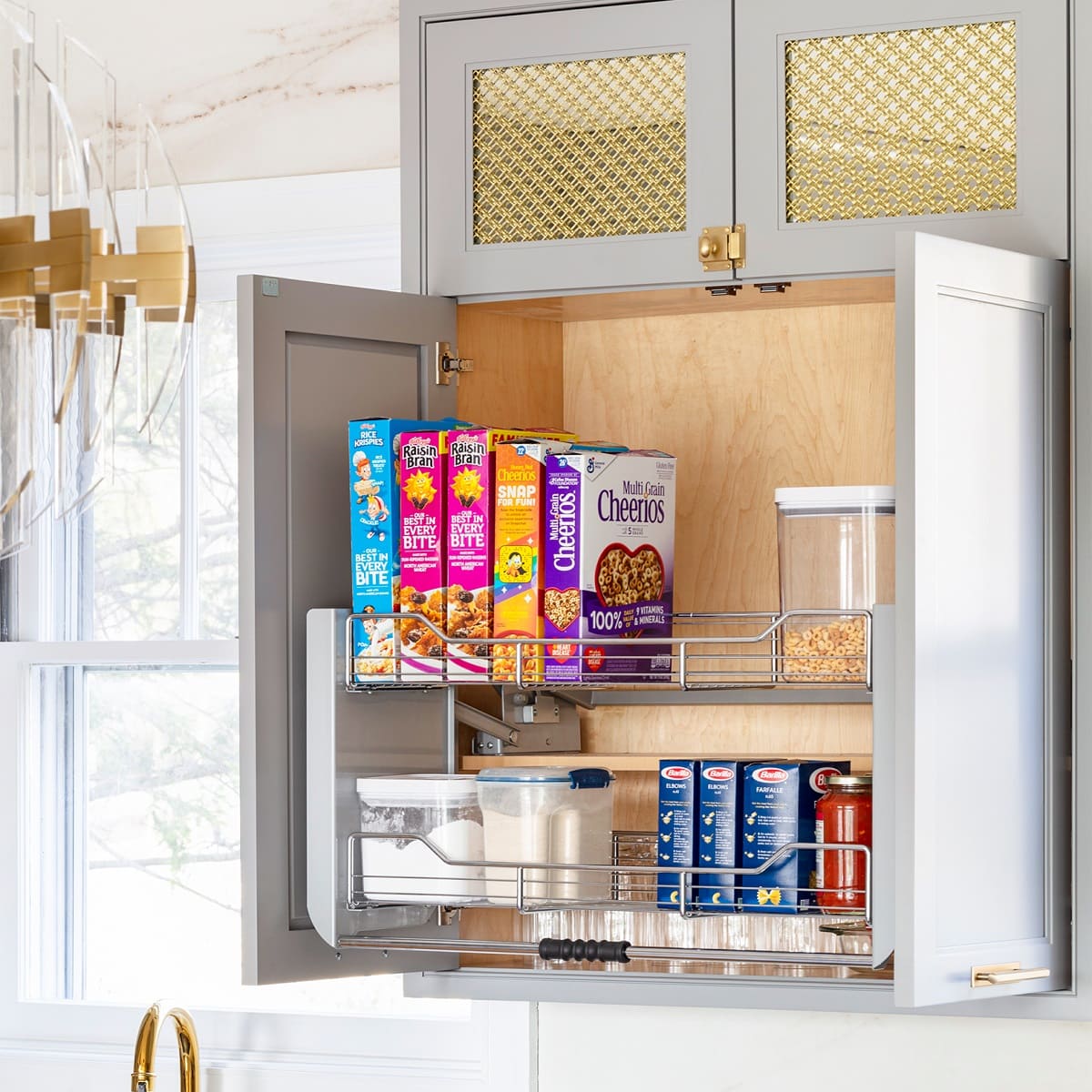
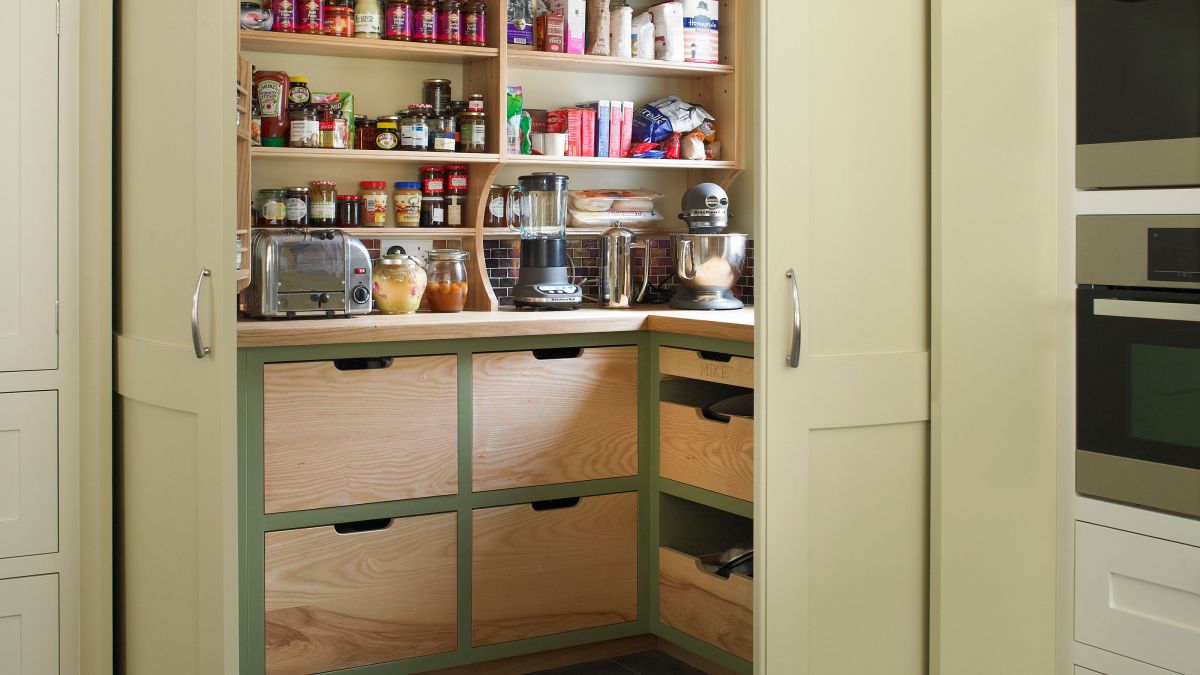
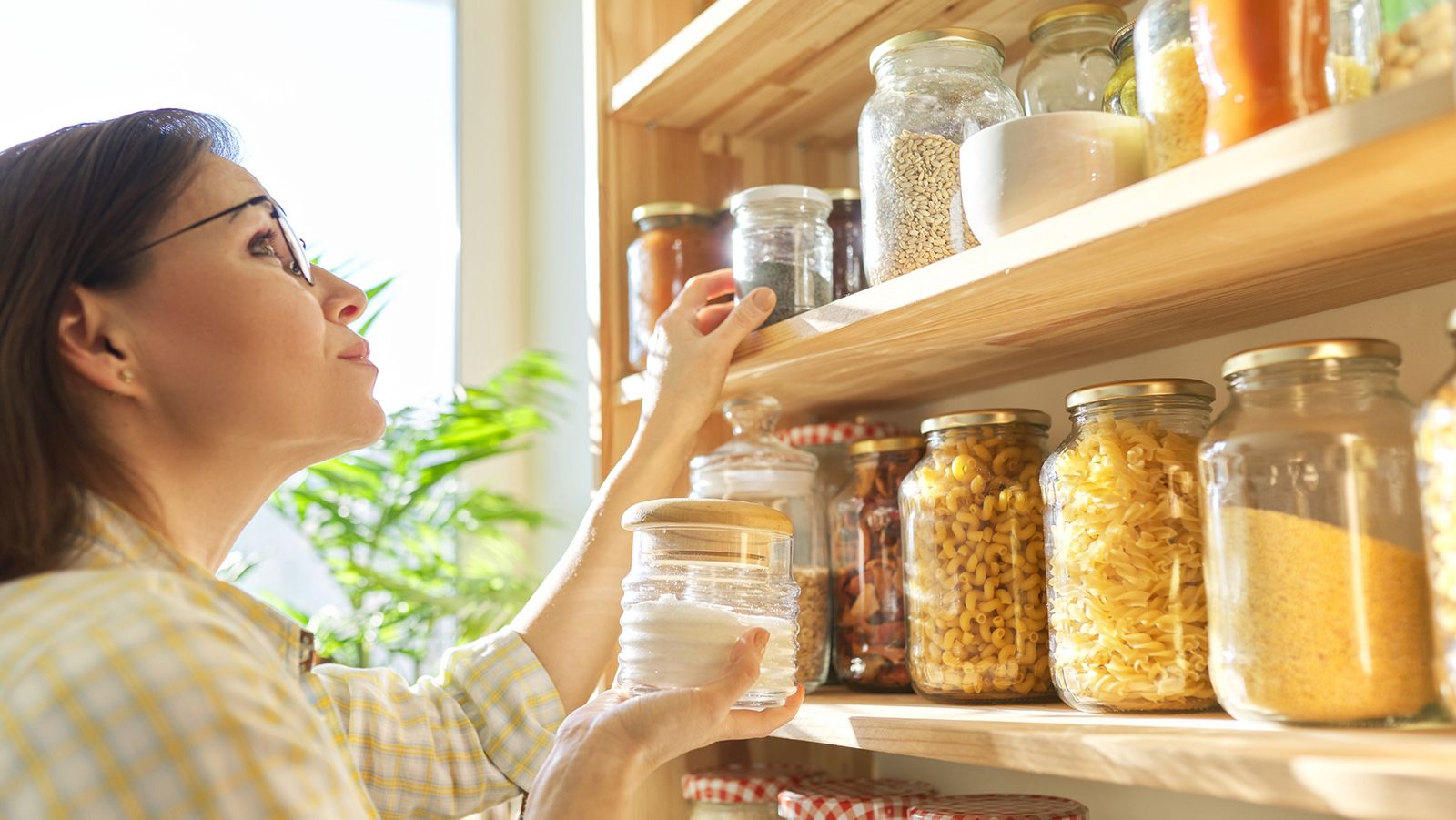
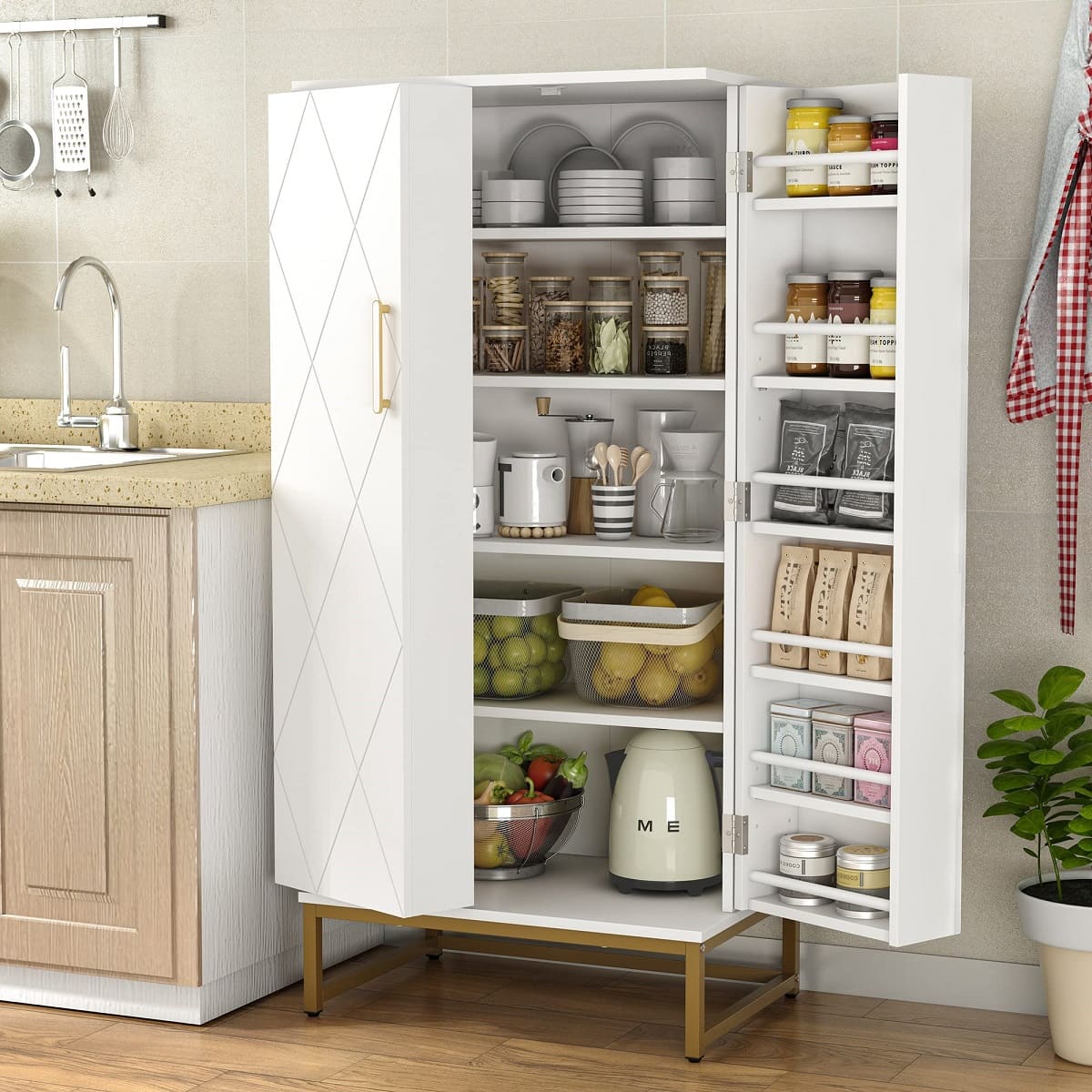
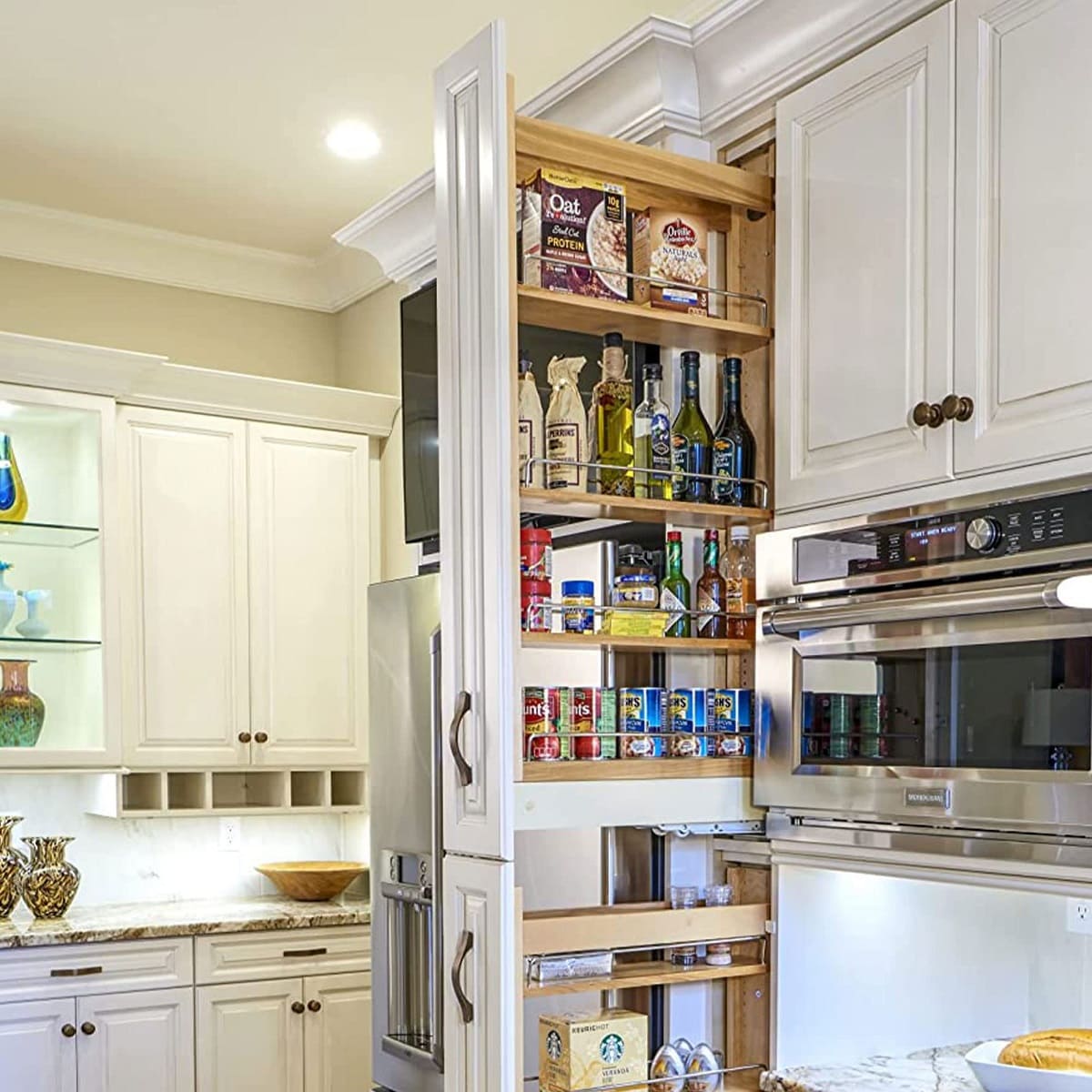
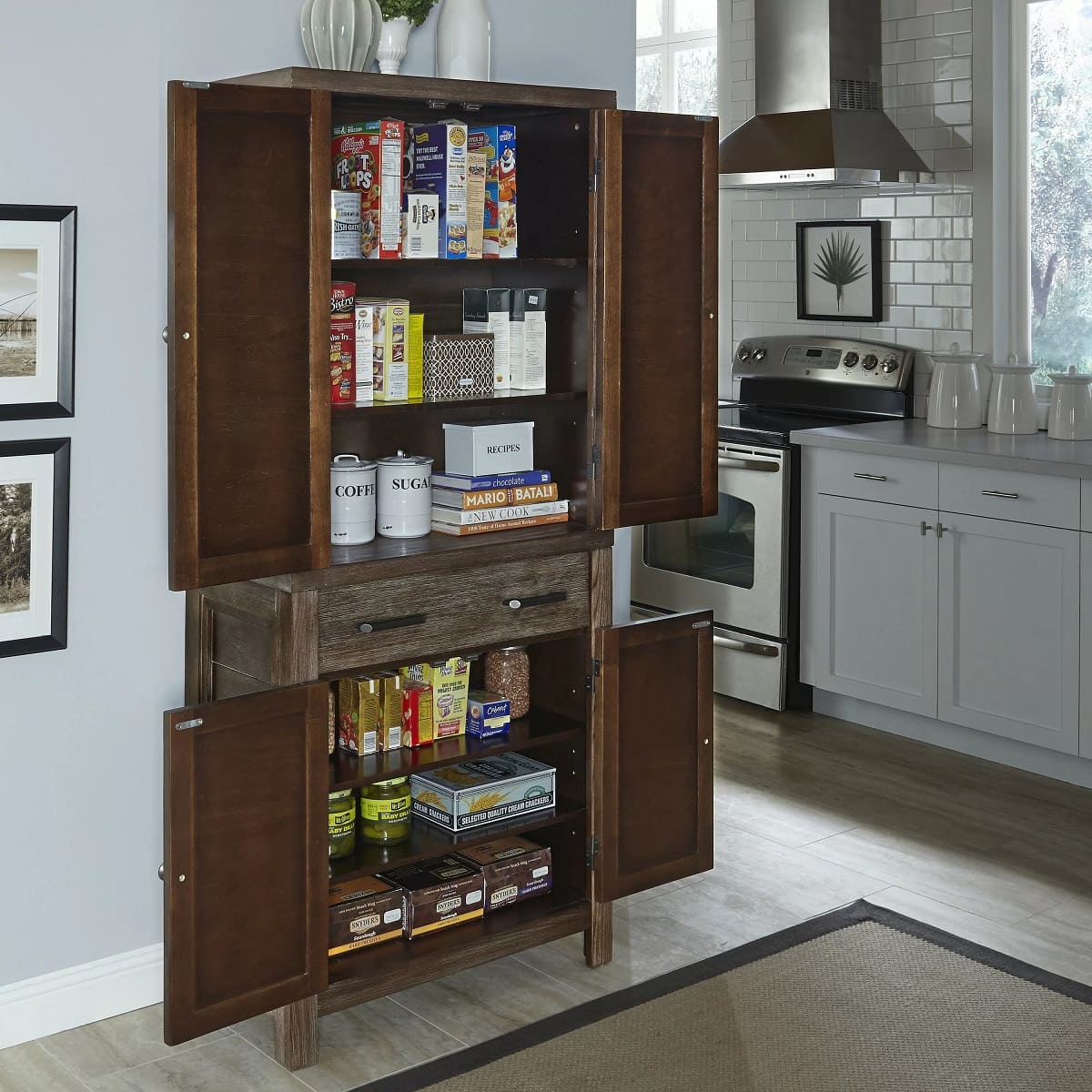
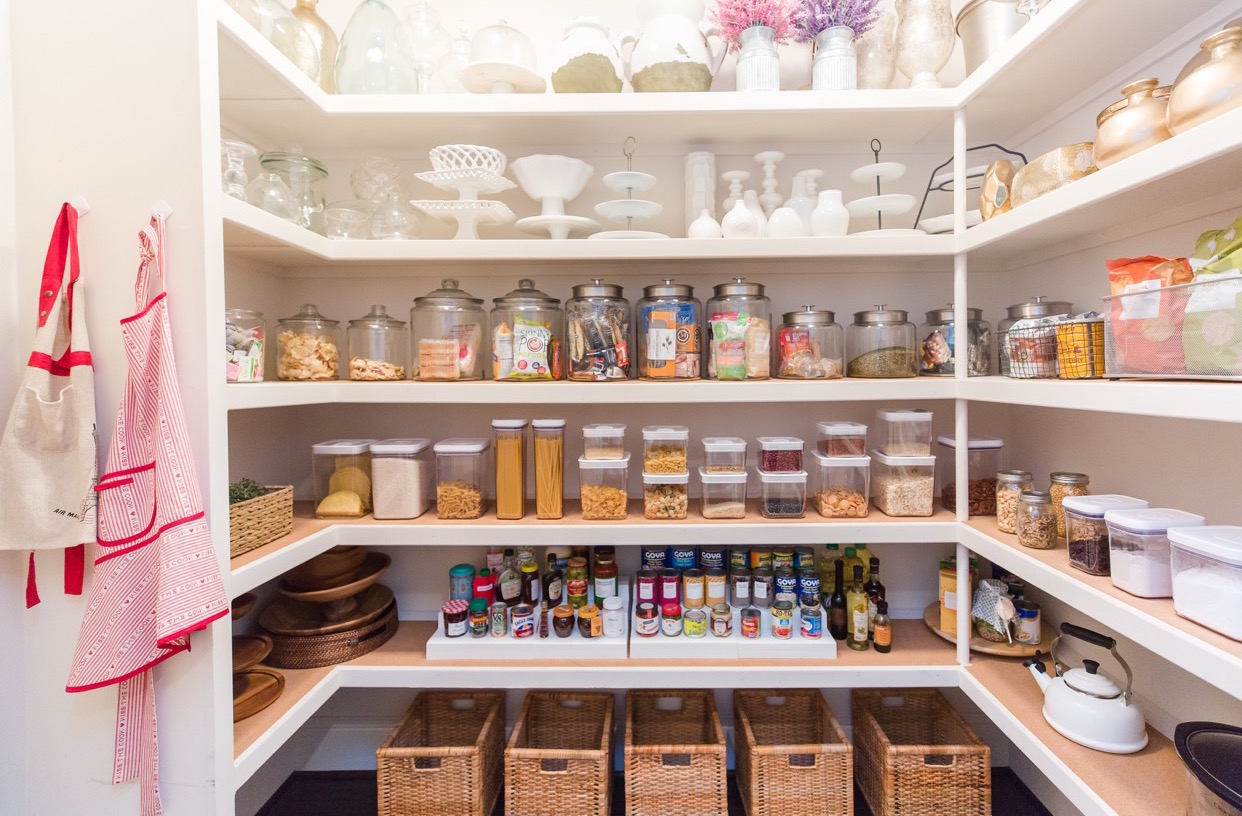
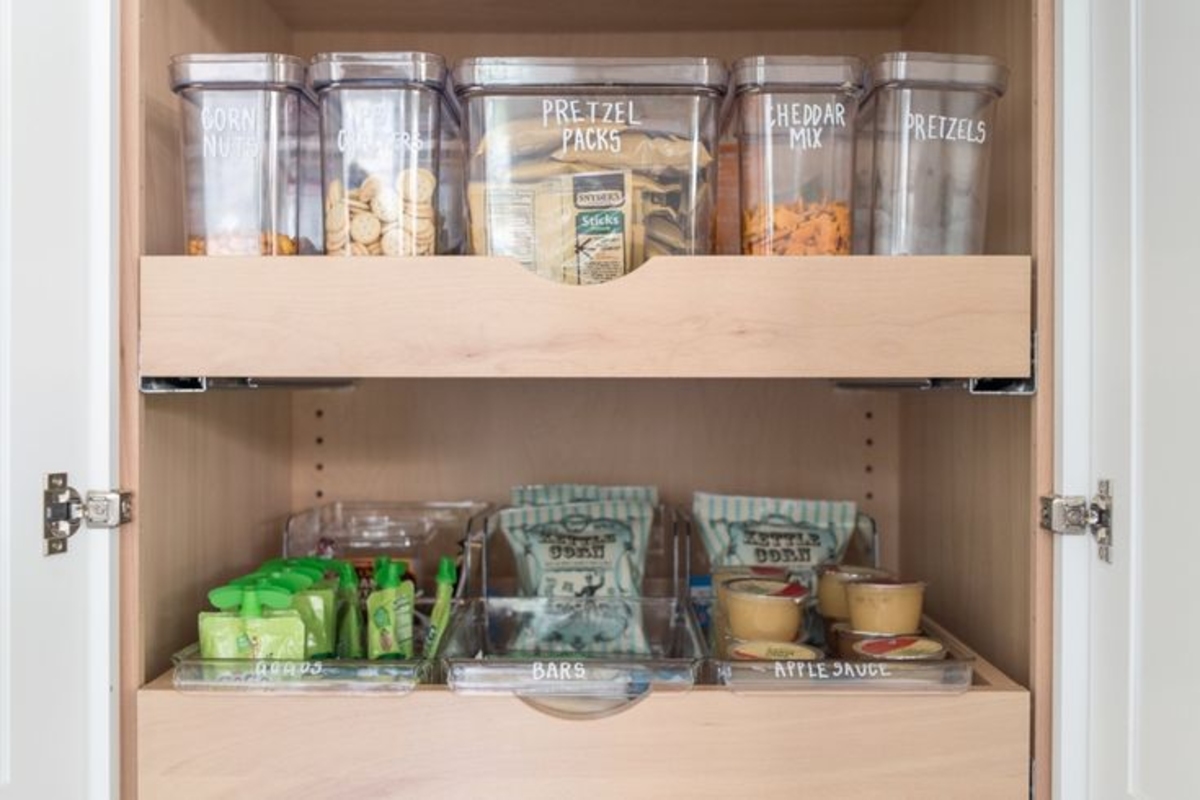
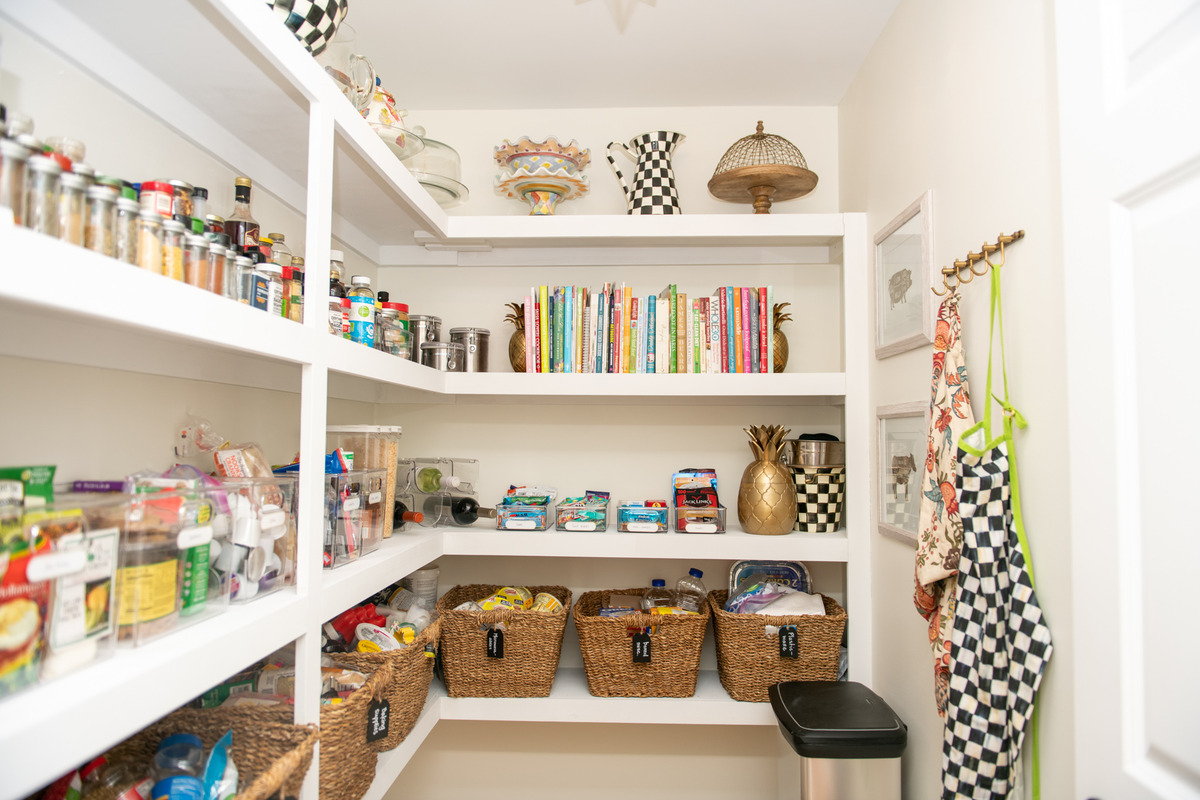
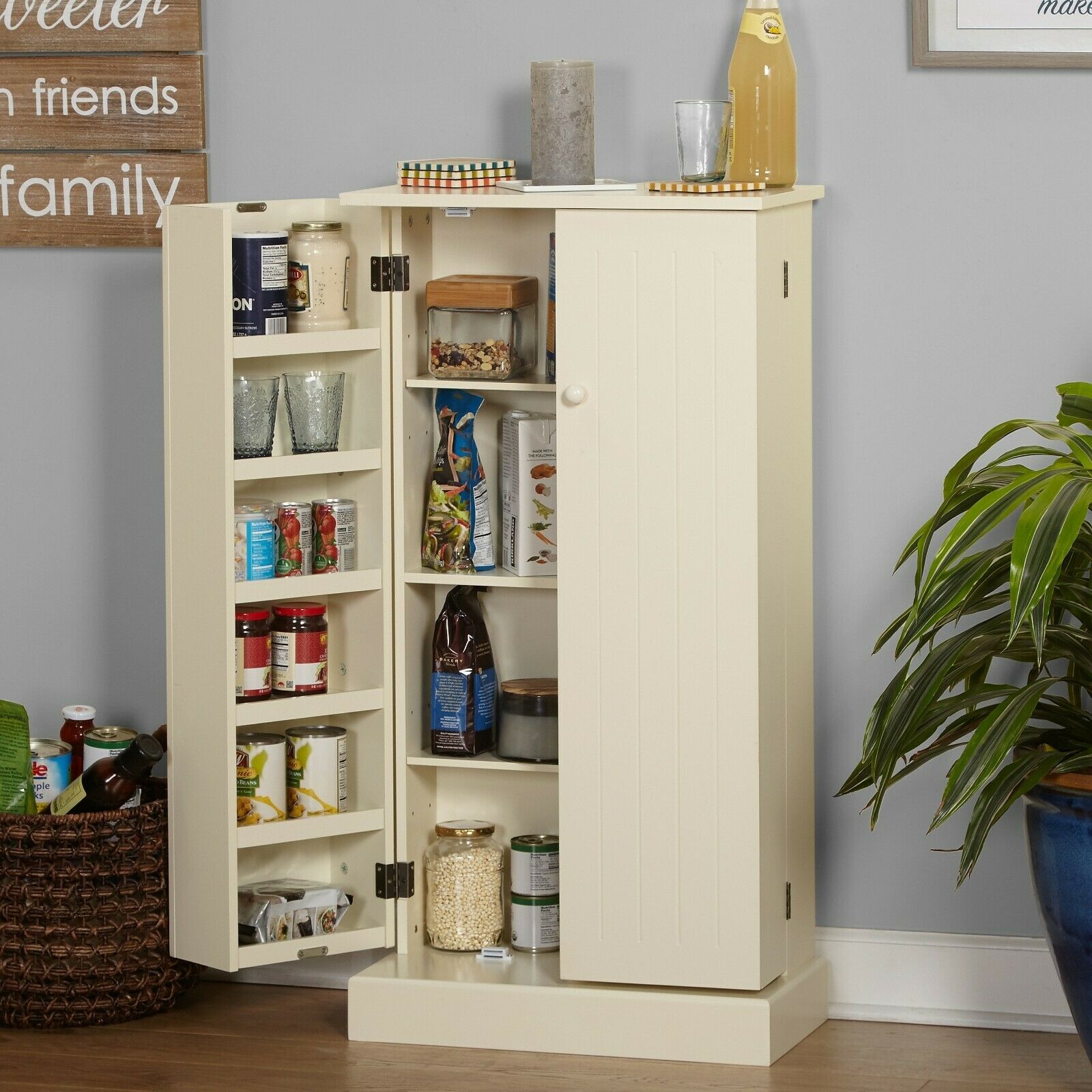
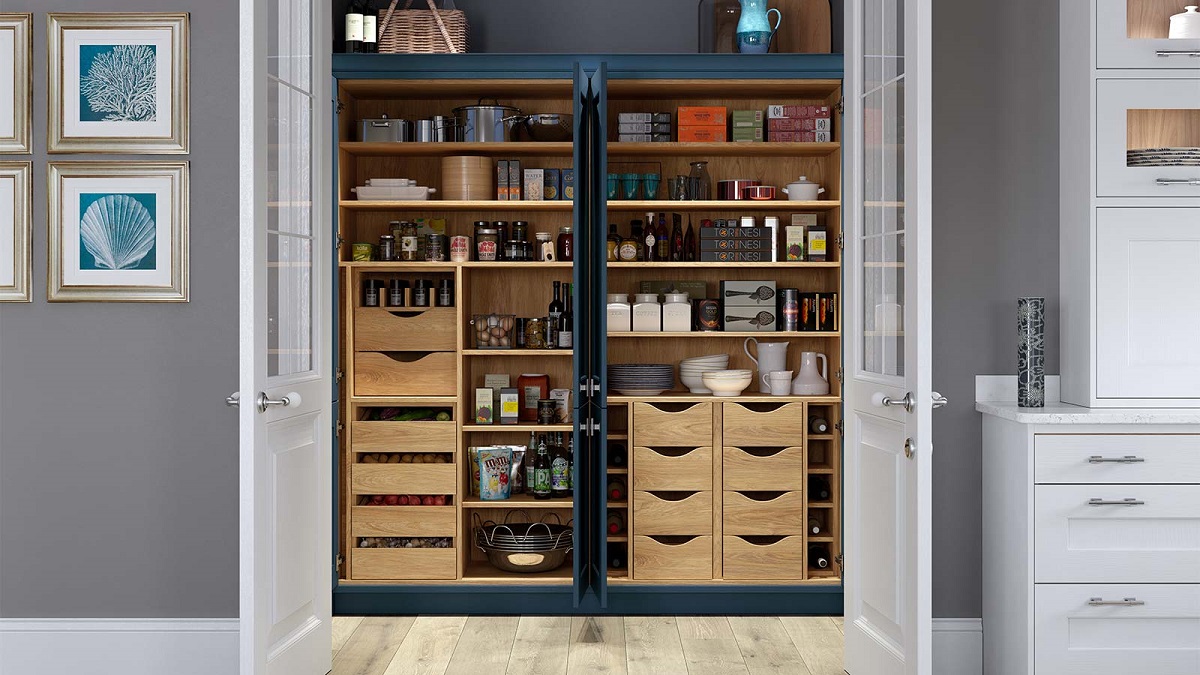
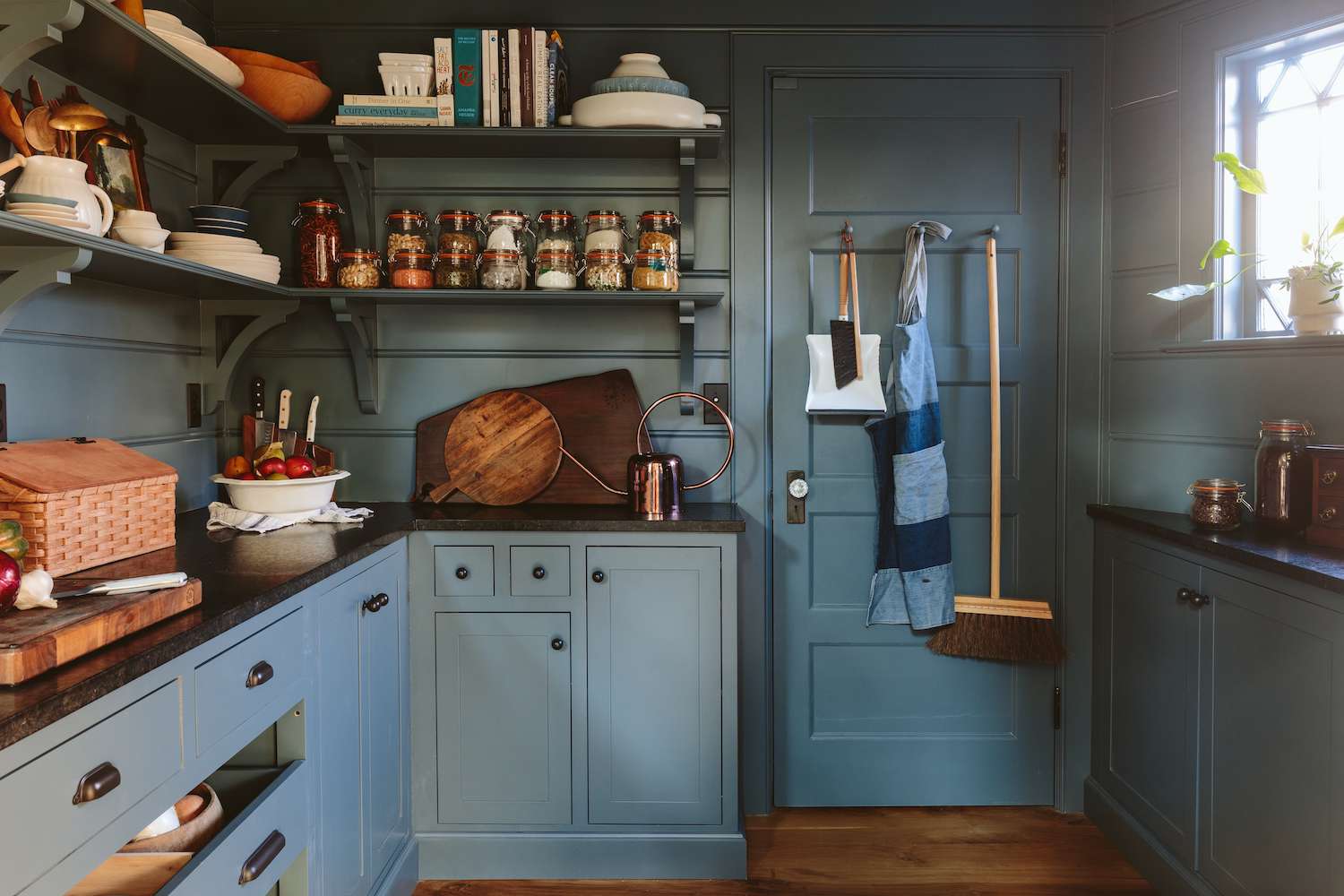



0 thoughts on “How To Organize Food Pantry”